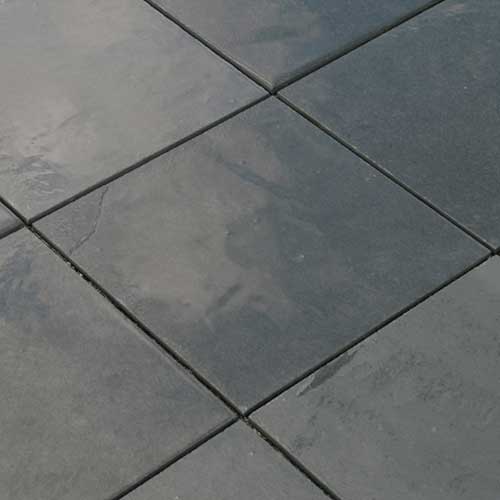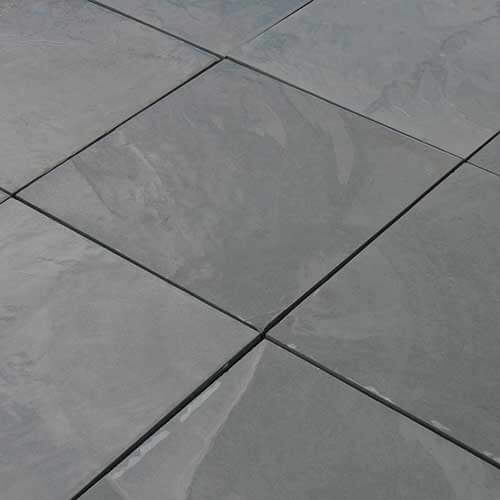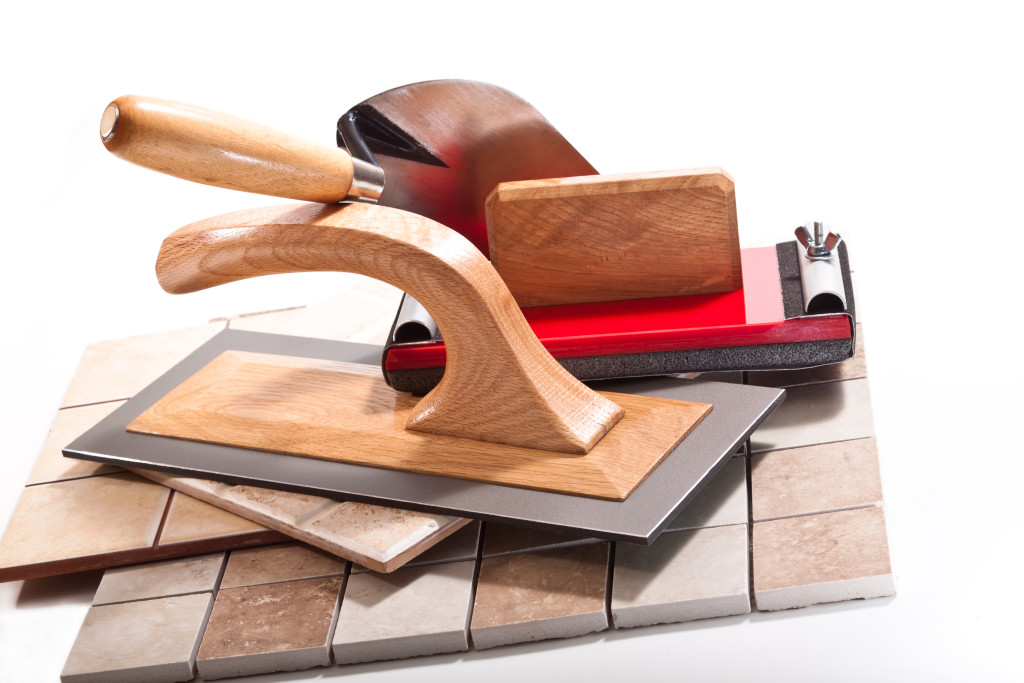Vinyl FlooringWaterproof Rigid Core Vinyl FlooringVinyl Plank FlooringGlue Down Vinyl FlooringWPC Vinyl FlooringSPC Rigid Core Vinyl FlooringPeel and Stick Vinyl FlooringLoose Lay Vinyl FlooringTile Look Vinyl FlooringFloor MoldingsUnderlaymentAdhesivesWood FlooringSolid Hardwood FlooringUnfinished Hardwood FlooringEngineered Hardwood FlooringWaterproof Engineered Hardwood FlooringBamboo FlooringFloor MoldingsUnderlaymentAdhesivesAll FlooringLaminate FlooringLaminateWater Resistant Laminate FlooringFloor MoldingsUnderlaymentAdhesivesTile FlooringCeramic TilePorcelain TileNatural Stone TileTravertine TileMarble TileGranite TileSlate TileLimestone TileMarble TileGranite TileSlate TileLimestone TileDeckingComposite DeckingWood DeckingDeck TilesDeck AccessoriesOtherCarpet TilesAccessoriesAdhesivesUnderlayFloor MoldingsBuilding MaterialsOutdoorCarpet TilesClearancePro RewardsDEALSClearanceSaleHV Picks
LEARN
Does Slate Tile Have a PEI Rating
The PEI rating applies to ceramic and tile, but it doesn’t apply to slate. Slate is a very strong material - if you need a resilient floor, then slate is a great option. Slate’s unique look makes the little bit of extra maintenance that this flooring needs worthwhile.
Frequently Asked Questions
What is slate?
Is BuildDirect’s slate tile suitable for the floor?
What do both sides of the slate look like?
How much does the thickness of slate tile vary?
How much extra material should be considered for installation?
How much do the dimensions of slate tile vary?
Is slate resistant to damage?
What trowel size do you recommend for installing slate tiles?
Can I install slate tile outdoors?
Can I install slate tile outside on sand?
Can I install slate tile on wood?
How many defective tiles should I expect in my order?
Which type of mortar should I use to install slate on exterior grade plywood?
How wide should my grout joints be?
What type of grout should I use?
Do I need to seal slate?
Is there a PEI rating for slate tile?
After I receive my shipment, what should I do when I am ready to install?
How does buying slate tile from BuildDirect work?
Can I purchase just one box of tile before I place my full order?
How much slate tile does a container hold?
How do I obtain slate tile samples?
What BuildDirect Customers Are Saying
Verified Purchased
This tile is beautiful!! Every piece is slightly different. We have yet to have it installed, but have looked through each box and are so excited to see it in place. Build direct was attentive to our needs and helped us through the process of picking out our bathroom tile. We are very happy with this company and will be contacting them again when it is time to renovate our second bathroom!
Paloma V.
Ben Lomond, CA

Verified Purchased
BuildDirect sent me a sample, which was very helpful. I was able to pick up at the warehouse and avoid shipping costs, which are high for these heavy tiles. Thanks! Gorgeous natural stone, too. Can't wait to see them in place.
Kari S.
New York, NY

![[object Object]](png/logo-blue9b01.png)

